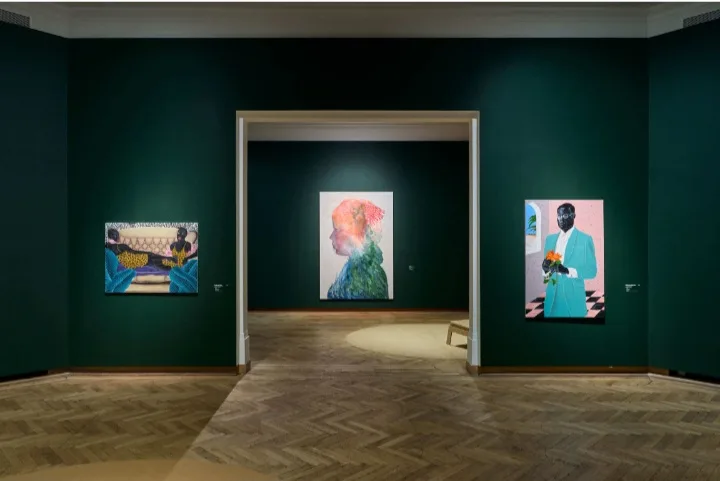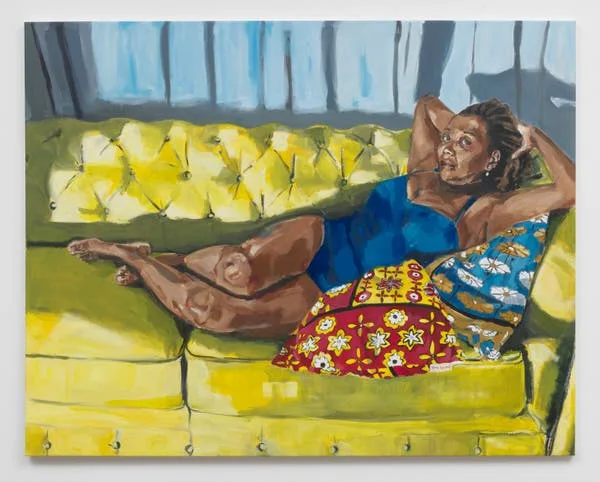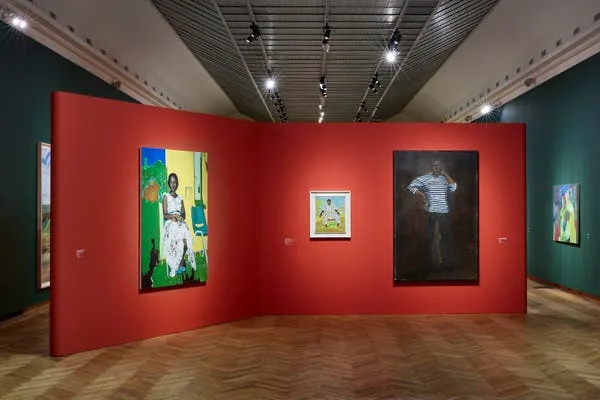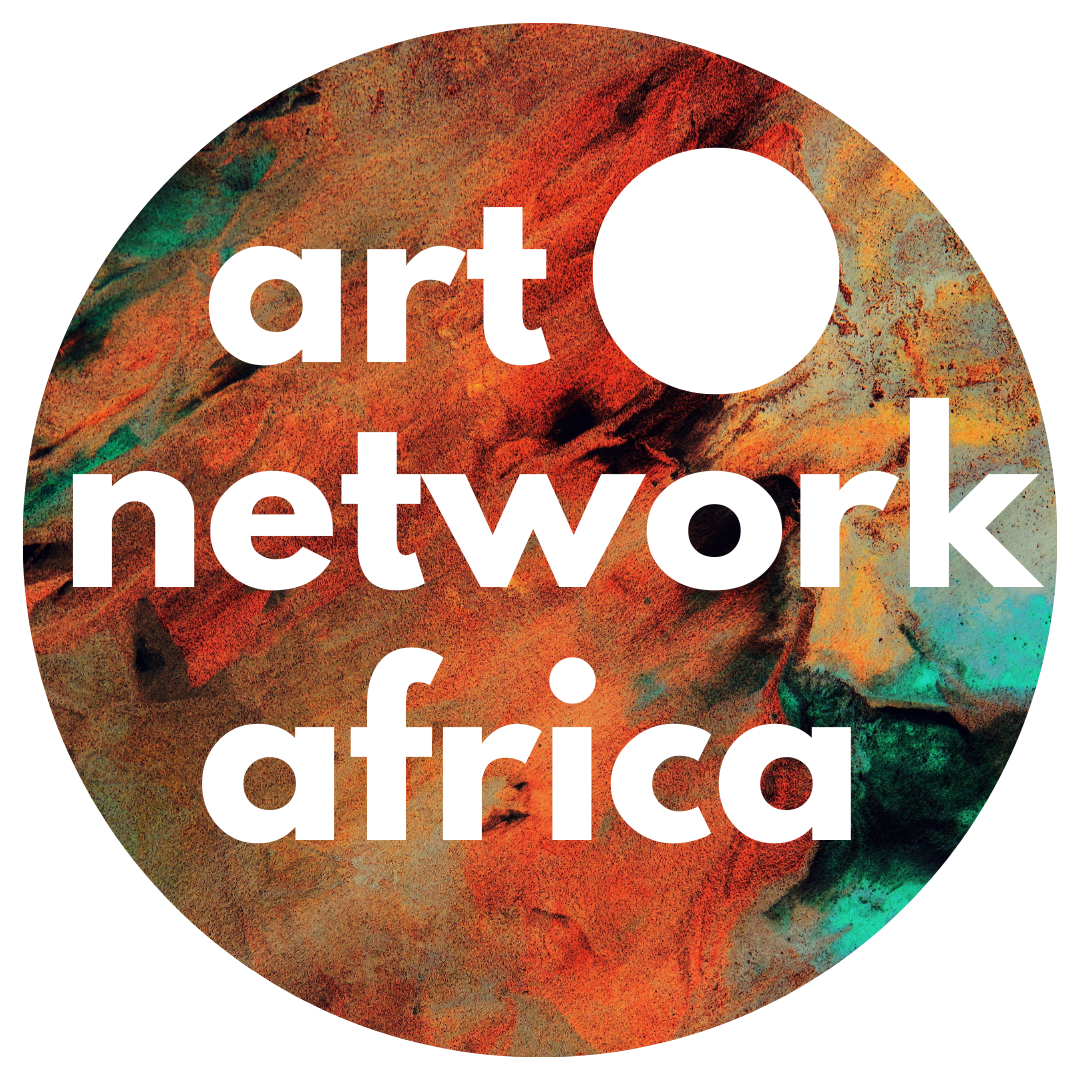Bozar (Centre for Fine Arts of Brussels) presents the exhibition ‘When We See Us: A Century of Black Figuration in Painting‘, a collection of Black figurative paintings from the past one hundred years, seen through the lens of joy. Presented in Brussels, at the heart of Europe, the exhibition was originally produced by the Zeitz Museum of Contemporary Art Africa (Cape Town) and gathers more than 150 paintings by around 120 artists worldwide, most of which are shown in Belgium for the first time.
This exhibition focuses on the power and political dimension of Black joy. ‘When We See Us’ is the largest exhibition and publication project focusing on Black Self-representation ever held. The exhibition’s title is inspired by the Netflix miniseries When They See Us (2019), in which the American filmmaker, screenwriter and producer Ava DuVernay examines how white society indiscriminately perceives Black teenagers as potential criminals and as a threat, which leads to their wrongfully prosecution.
The curators’ swapping from “They” to “We” indicates a reversal of perspective, making room for the subjects’ own perceptions. The artists’ views take centrestage, underlining how the lives of Black people have time and again been represented by others in flat, false and distorted ways.

‘When We See Us’ turns the spotlight to the power of joy, dismantling stereotypical depictions of racism, violence or crisis. The exhibition offers viewers a fresh perspective that is celebratory, vibrant and dignified. “This exhibition refuses to put pain and injustice at the forefront and instead reminds us that the Black experience can also be seen through the lens of joy”, say Koyo Kouoh and Tandazani Dhlakama, curators of the exhibition.
“In celebration of how artists from Africa and its diaspora have imagined, positioned, memorialised, and asserted African and African-descent experiences, the exhibition contributes to critical discourse on African and Black liberation, intellectual, and philosophical movements.” The exhibition captures a Black self-image and the self-empowerment of Black artists who, after centuries of white dominance over the art canon, are writing their own art history.
The hundred and fifty-five works of art on display are not arranged in chronological succession, nor are the works grouped by artists’ countries of origin or residence. The works are gathered in six chapters titled: The Everyday, Repose, Triumph and Emancipation, Sensuality, Spirituality, Joy and Revelry. By focusing on these themes, the exhibition offers a rich, nuanced view of Black life and thought, emphasising the resilience, essence and political charge of Black joy. It highlights relationships between artists and artworks across geographies and generations, fostering a deeper understanding of the complex and underrepresented genealogy rooted in African and Black modernities. ‘When We See Us’ encourages discussion on Black liberation and intellectual movements and celebrates experiences from Africa and the African diaspora contributing to the art historical canon.

‘When We See Us’ is the result of extensive research conducted by Koyo Kouoh, executive director and chief curator at Zeitz MOCAA, Cape Town, and her team. The world’s largest museum for African contemporary art presented the comprehensive survey from November 2022 until September 2023. ‘When We See Us’ occupies the largest exhibition circuit of Bozar. As at Zeitz MOCAA, the exhibition design and spatial translation is by Wolff Architects from Cape Town.
The South African composer and sound artist Neo Muyanga has created a soundscape with music from around the world in response to the artworks in each theme of the exhibition. The exhibition also includes a graphical timeline – from the Haitian Revolution to Black Lives Matter – that offers insight into the collaborative and consultative research process of the exhibition. It helps visitors to better understand how literature, festivals, political events and other key moments have contributed to the way Africans and the diaspora see themselves today.
Visitors are also invited to consult the many publications on offer. Ranging between monographs, exhibition catalogues, critical theory and compilations, these books include important writings that have shaped the Black art historical canon. The publication When We See Us: A Century of Black Figuration in Painting published by Thames & Hudson and Zeitz MOCAA and edited by Koyo Kouoh accompanies the exhibition. A free podcast featuring interviews with the curators was released on the 3rd of March.

A dynamic programme of events accompanies the exhibition, featuring concerts, talks and debates, Sofa Sessions, All Over the P(a)lace late-night opening; guided tours; film screenings (in the new cinema The 23); performances; and even video games (in the dedicated Bozar Arcade space). This exhibition is conceived and organised by Zeitz Museum of Contemporary Art Africa (MOCAA) In Cape Town. It is presented at Bozar under the Patronage of Her Majesty the Queen. It is supported by the Belgian Federal Public Service, Foreign Affairs, Foreign trade & Development Cooperation; FABA; British Embassy in Belgium; VUB University Library; MUNTPUNT; Espace Césaire, library of CEC, specialised in contemporaryAfrican and Caribbean cultures; NOMAD Gallery and the artist residency PIC/MOL, Bloomberg Connects.
The exhibition shows works of: Olusegun Adejumo (Nigeria), Tunji Adeniyi-Jones (Britain/Nigeria), Gerard Bhengu (South Africa), Amoako Boafo (Ghana), Kudzanai Chiurai (Zimbabwe), Ibrahim El-Salahi (Sudan), among many others. The exhibition opened on the 7th of February and will run until the 10th of August 2025 at Bozar Centre for Fine Arts on Rue Ravenstein 23, 1000 Brussels City, Brussels, Belgium.


